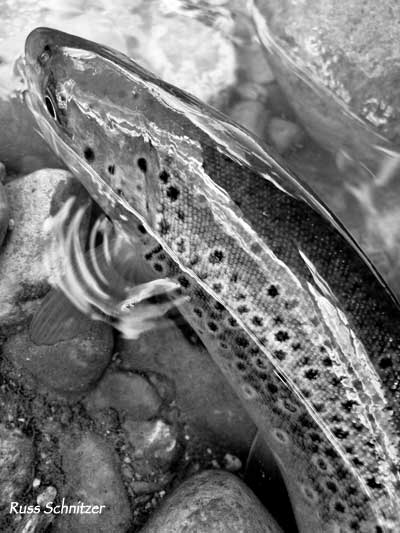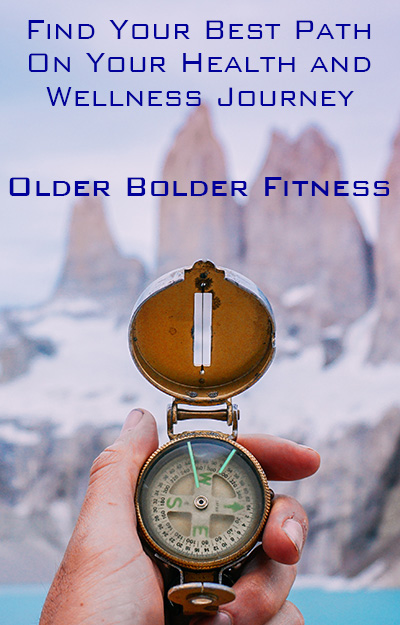It’s once again my pleasure to present this interview with another one of my favorite photographers in the fly fishing and outdoor world – Russ Schnitzer.
Russ Schnitzer is a multi-talented freelance photographer based out of Colorado. Through his adventure, commercial, and fine art photography Russ strives to bring the viewer into the image and the scene in which it was captured.
He specializes in the American West and as been published in a plethora of publications, including TROUT magazine, ESPNOutdoors.com, The Flyfish Journal, and Patagonia catalogues.
You can read more about and see more of Russ’ work on his portfolio site and his blog.
You spend a lot of time on our rivers now; have you always been an outdoorsman? What got you into the “fish” mindset??
Playing outside has been an integral component of my life from the earliest years. I was blessed to be raised in a rural part of the country, in Minnesota’s “North Woods,” and by a family that loves the outdoors. My back yard opened up to adventures: tromping around in swamps, catching frogs, finding buck scrapes and all that fun stuff. That was my backdrop. Even back then, the thing that was always on my mind at some level was fishing. In my life, fishing has never been as simple as a “recreational pursuit.” From the earliest years, it was just part of my life. A constant. If I wasn’t fishing, I was reading about it, learning, soaking it all up. Still am today. During those long Minnesota winters of my youth, when I wasn’t ice fishing, I would sketch out imaginary lakes and rivers, complete with structures, gradients, species. I read texts on limnology and fish science. I knew the distinguishing characteristics of eutrophic, mesotrophic and oligotrophic before I learned algebra. With the benefit of retrospect, it appears that I’ve probably always had something of an obsessive nature, which has contributed. But, I think there’s something more on which to pin it. Namely, my grandfather. He loved to fish, just for the pure and simple thrill that goes along with the gamble of it all. He didn’t pretend to know much about it in a technical sense, but the glimmer in his eye every time the line went tight was more than enough to hook me. Grandpa provided me with the love for fishing, and that love has been the basis for everything since.
Where did you first photograph fish??
It was the lakes in the vicinity of my hometown in northwestern Minnesota. Each had its own aesthetic, which I tuned in to in a big way. Everything from weed-choked sloughs surrounded by farmland to very “northwoodsy” lakes – pine-shrouded, cold and clear. Those are distinct languages to learn. Rivers and creeks didn’t come along for me until a bit later, and the sense of novelty with which I perceived them back then keeps them all very special experiences to me today. My approach is the same: tune in to the language of a run, a stretch. Take the time to understand how to read its water. The fish are just characters in a story. Sometimes it’s a fast-read paperback, and sometimes it’s War and Peace. I keep working to more effectively translate that language, or rather, my interpretation of it, through a lens.
How has your photography evolved throughout the course of your career??
My childhood was filled with grip-and-grin snapshots, many of which I still have in an old album. Largemouth and smallmouth bass, northern pike, walleye, and the occasional trout or muskie. I burned through an assortment of cheap automatic 35mm point-and-shoots, and was never really satisfied with the results. Those experiences really helped shape my vision for fishing photography as an adult, but it took time. I didn’t pick up a “real” camera until I was in my mid-twenties. I was living in DC at the time. It was a 35mm SLR, paired with a 50mm f/1.8 lens and a couple cases of film. Fuji Velvia 50 and Acros black-and-white. I shot strictly manual, roll after roll. It was total immersion. I kept notes on each exposure in a pocket notebook, and then cross-referenced every slide or frame I liked with its note. Doing so over and over again, I began teaching myself how to create the photographs that I saw in my “mind’s eye.”
The most memorable lakes of my childhood were relatively remote, which was a very big thing for me. The effort it took to get to some of these lakes gave them an almost-mythical feel. Experiencing them was truly an adventure, even if it was just a dark-to-dark day trip. But, it was that perception of remoteness, of wildness, that really had an impact. It influences how you see things, to what you pay attention. When I was young, and fish-obsessed, my camera only took away snapshots of fish. While fun, they left me feeling a little empty, but I didn’t understand why. Over the years, I grew to recognize that a good photograph communicated something of the experience, above and beyond the fish themselves. A big fish is a big fish, but what really interests me now is the underlying story – the friendships, the personalities involved, distinctive light or colors, the roadtrip, the camp, the frozen fingers, the passion. Best of all, it’s still evolving. As long as it is, photography will remain the most compelling creative outlet in my life.

Favorite piece of gear that you won’t be caught without?
Assuming I’ll always have a camera, my favorite piece of gear to accompany it is a fast prime lens. 85mm f/1.4 or 50mm f/1.4.
What’s the one piece of gear you wish someone would invent?
Like many anglers, I cover a lot of ground both in and out of the water. One question that I’m constantly asking myself is: Isn’t it about time someone cracked the code on a better wading boot? Something lightweight, comfortable, durable, yet with traction on snotty rocks that doesn’t contribute to the spread of invasive aquatic species? I’m eager to try Patagonia’s new system – they may have already done it. But, for all the advances in all the different facets of fly fishing gear, wading boots seem to me to remain the weakest link. They’re the primary reason why I start wet-wading each year when water temperatures are at the very threshold of tolearable.
On the photography side, I endured plenty of frustrations with many different camera straps. I wanted something that would allow me to keep my camera at the ready, yet out of the way (behind me), and without compelling me to make a proactive appointment with a chiropractor before a shoot. Gratefully, I came across Black Rapid, and their “RS Sport” model camera strap. Total game-changer. Check that one off the list.
To reach a bit further… How about an underwater DSLR housing that doesn’t cost several thousand dollars? Please?
More from Russ tomorrow…


